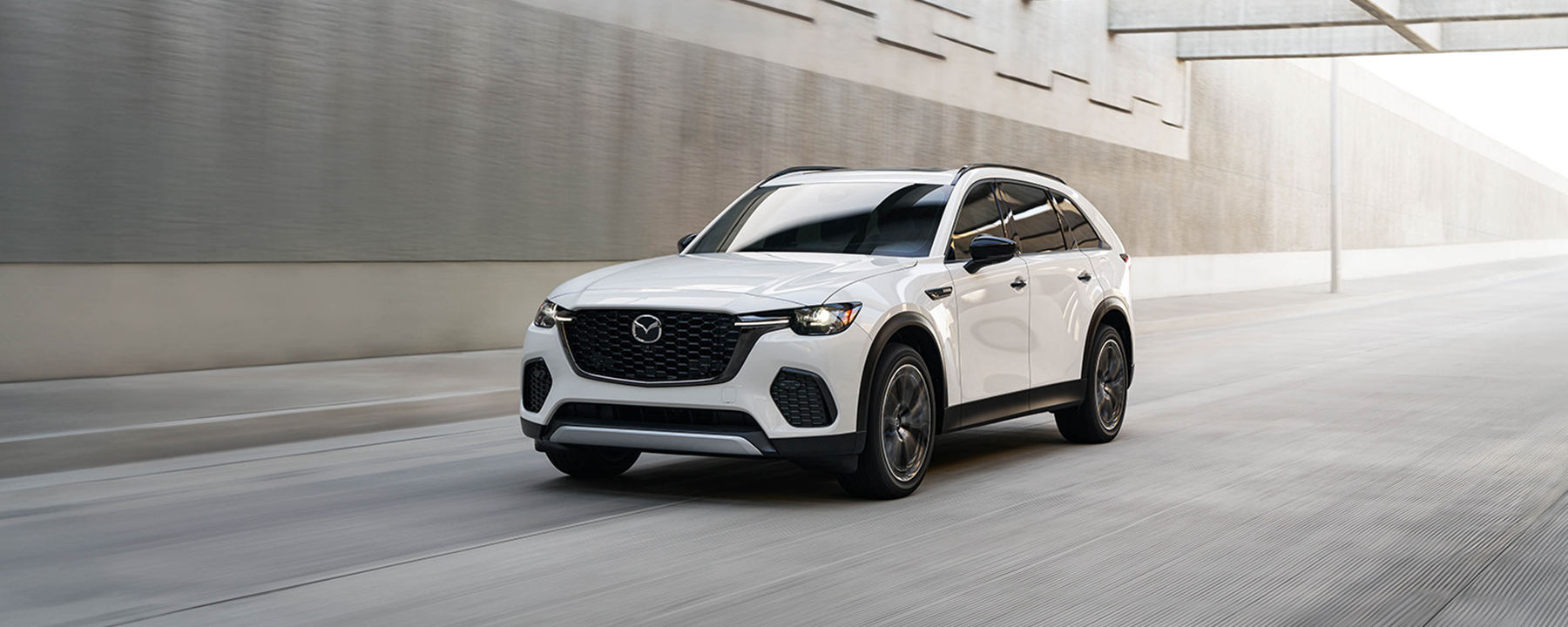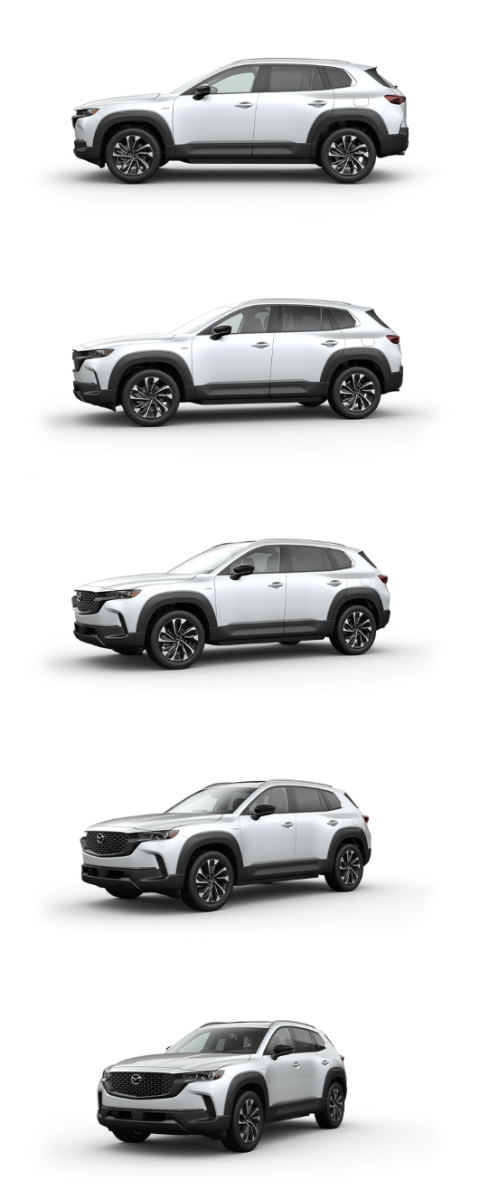EV Fleets for a More Sustainable Workplace

As businesses increasingly commit to sostenibilidad, the role of electric vehicle (EV) fleets and their charging infrastructure has become a crucial component in reducing transportation-related carbon emissions.
EV fleets not only help companies meet their environmental goals but also align with broader corporate sustainability strategies. By transitioning to EV fleets and supporting them with workplace charging stations, businesses can significantly cut emissions, improve air quality, and demonstrate a strong commitment to a cleaner, greener future. This shift plays a key role in advancing sustainability efforts, supporting long-term environmental health, and fostering a culture of responsibility within organizations.
In this post, we’ll discuss the adoption of EV fleets to support sustainability along with challenges, considerations, and other helpful information to help you decide if it’s the right decision.
Leveraging EV adoption to enhance corporate sustainability
Electric vehicle (EV) fleets play a crucial role in addressing Scope 3 emissions, which include indirect emissions that arise from activities such as employee commuting, business travel, and the transportation of goods. By adopting EVs for fleet operations, companies can significantly reduce these emissions, especially when employees use EVs for daily commutes and business trips. Unlike traditional gas-powered vehicles, which emit tailpipe pollutants, EVs produce zero direct emissions, making them an ideal solution for reducing Scope 3 contributions. Additionally, as the grid continues to incorporate more renewable energy sources, the emissions from charging EV fleets will further decrease, enhancing the long-term environmental benefits.
In terms of data, studies show that EVs produce far fewer emissions over their lifetimes compared to gas-powered vehicles. For instance, an EV’s total lifetime emissions are typically lower than those of a conventional gasoline vehicle, especially when the electricity comes from renewable sources.
Adopting EV fleets not only helps businesses reduce Scope 3 emissions but also supports broader corporate sustainability efforts. Many companies are striving for certifications like LEED, and transitioning to EV fleets can contribute significantly to these certifications. Furthermore, the shift to EV fleets demonstrates a strong commitment to corporate social responsibility (CSR), appealing to both environmentally conscious consumers and employees. By embracing EV fleets, companies not only reduce their environmental impact but also position themselves as leaders in sustainability, enhancing their brand image and long-term success.
The business case for investing in EV fleets
While investing in an EV fleet is a major decision, there are several benefits for businesses willing to make the switch.
Business benefits of EV fleets
Adopting electric vehicle (EV) fleets offers businesses significant benefits, particularly in terms of lower lifetime fuel and maintenance costs. EVs are less expensive to maintain due to fewer moving parts and don’t require oil changes, while also offering lower fuel costs, especially when charged during off-peak hours or using renewable energy. These savings can add up over time, particularly for businesses with large fleets.
In addition to cost savings, EV fleets help businesses reduce carbon emissions, demonstrating a commitment to sustainability. Businesses can also take advantage of potential state and federal tax incentives for adopting clean energy vehicles, which enhances the financial case for EV fleet adoption, although these incentives are subject to change. This shift aligns with growing demand for corporate sustainability, improving the company’s reputation and appealing to eco-conscious talent, customers, and partners.
Fleet electrification strategies: Considerations and challenges
Challenges
• High upfront costs: Purchasing an electric vehicle fleet can be expensive, with additional costs for charging infrastructure.
• Fleet Optimization: Switching to an EV fleet raises questions about how to proceed with the process. Businesses must decide whether they’re transitioning in phases or all at once, and must reconfigure routes and maintenance schedules with the shift.
• Staff training and EV maintenance: Fleet managers may need to train or hire technicians with EV expertise, as this requires specialized knowledge and there is a shortage of qualified EV technicians.
• Availability of suitable EVs: Electric vehicles may not always meet specific size, duty cycle, weight rating, and range requirements, potentially limiting options for certain routes.
Considerations
• Range: Confirm that the EV range is suitable for your fleet's typical routes to avoid inefficiencies or the need for frequent charging during operations.
• Charging infrastructure: Consider if there’s sufficient charging infrastructure to support essential routes for your EV fleet, or if you’d need to invest in additional infrastructure such as charging and maintenance stations.
• Resale value: EVs have different depreciation rates, and the market is still evolving, so consider the potential resale value of EVs as you’ll need to upgrade vehicles.
• Fleet data and energy use: Gathering data on energy use, recharge times, and frequency will help optimize fleet operations and assist in future decision-making, including exploring renewable energy options like solar power or more efficient routes.
• Renewable energy and partnerships: Explore opportunities to collaborate with partners and integrate renewable energy sources, such as solar or wind power, into your charging infrastructure to maximize sustainability and reduce operational costs.
• Stakeholders buy-in: Educate and engage employees on the environmental, financial, and operational benefits of switching to an EV fleet through informative sessions and clear communication.
Looking ahead: What is the future of EV fleets for corporations
The future of business fleets will see a significant increase in electric vehicles (EVs). A 2024 industry study found that while only 14% of current fleets use EVs, nearly 90% of respondents expect their fleet to include EVs within the next five years. The study projects that EVs will make up 43% of all fleet vehicles in that time, and for businesses already using EVs, that share could rise to 58%.
The adoption of renewable energy, particularly on-site sources like solar arrays, will play a key role in the future of EV fleets. This combination reduces grid reliance, cuts carbon emissions, and enables businesses to generate clean, cost-effective energy while enhancing energy reliability. Technologies like bidirectional charging (V2G) allow EVs to return surplus energy to the grid, contributing to grid stability and creating potential revenue streams.
Integrating EV fleets with renewable energy and advanced charging solutions enhances corporate resilience by lowering energy costs and supporting long-term sustainability. By partnering with renewable energy providers and adopting smart charging technologies, businesses can future-proof their operations, adapt to evolving regulations, and stay ahead in the growing sustainability-focused market.
Mazda: Electric fleet vehicles that meet your business needs
Mazda CX-70 PHEV
Entre Mazda CX-70 PHEV offers the ideal balance of electric-only driving and gasoline power, making it an excellent choice for a fleet that needs versatility and sustainability. With up to 26 miles of all-electric driving range1, suitable for most daily commutes, and the ability to cover longer distances with its gasoline engine, the CX-70 PHEV delivers powertrain flexibility while reducing emissions. Its spacious interior and all-wheel drive capability make it a reliable and comfortable choice for both urban and rural routes, all while aligning with corporate sustainability goals.
Mazda CX-90 PHEV
Entre Mazda CX-90 PHEV is a robust three-row SUV that offers excellent fuel efficiency without compromising on performance, making it an ideal choice for family-friendly fleets or businesses needing extra space. With up to 26 miles of electric-only range1, this plug-in hybrid offers cost savings on fuel and reduces carbon emissions, all while maintaining a stylish and comfortable interior. Its ability to seamlessly switch between electric and gasoline power means it can handle a variety of trips and distances, offering both flexibility and sustainability for fleet operators.
Mazda CX-50 HEV
Entre Mazda CX-50 HEV offers impressive fuel economy with the added benefit of hybrid reliability2, making it a great choice for businesses looking to reduce their environmental impact. Its all-wheel drive performance and compact dimensions make it well-suited for urban environments or delivery fleets, while its lower emissions contribute to corporate sustainability goals. With a focus on eco-conscious commuting and daily operations, the CX-50 HEV combines fuel efficiency with Mazda signature driving dynamics.
Ready to elevate your fleet with the efficiency and performance of hybrid vehicles? Explore Mazda fleet options today and discover how our hybrid models can drive your business forward. Visit our Vehículos de la flota page or contáctanos to find the perfect fit for your team.
Explore More EV Resources by Mazda
• ¿Cuánto cuesta cargar un vehículo eléctrico?
• Electric Car Ranges
• Why Should You Get an Electric Car?
• Guide to Buying an EV
• Mantenimiento de los autos eléctricos 101
Este artículo está previsto para fines informativos generales únicamente y se basa en la última información de la competencia disponible al momento de la publicación. La información incluida aquí está sujeta a cambios sin previo aviso y no impone obligación alguna a Mazda. Revisa diversos recursos antes de tomar una decisión de compra. Visita el centro de recursos para leer más artículos.




















